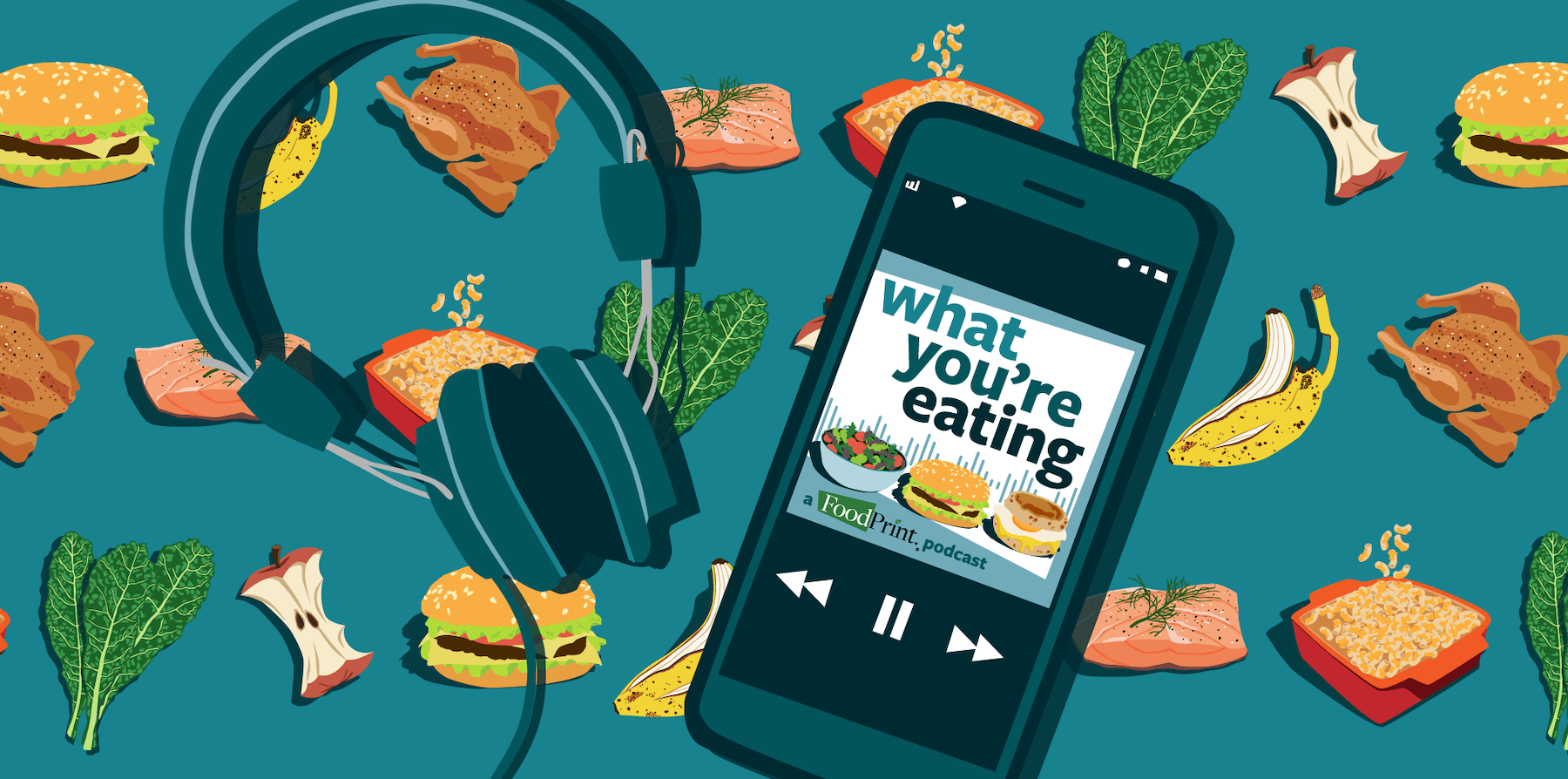A trip to the grocery store often includes the purchase of a rotisserie chicken - affordable, ready to eat, and delicious – plus it will feed you for multiple meals.
But what about the impact the chicken has on our environment? How was the chicken raised? What agricultural inputs go into its production?
What if the low price and convenience come at a cost?
The new podcast “What You’re Eating”, explores the impact our food choices have on the planet. The show is a timely addition to podcast queues, given many Americans don’t fully understand where our food comes from and how our choices can affect the environment. The podcast is the creation of FoodPrint, a nonprofit dedicated to research and education on food production practices. The organization seeks to teach consumers about our “food print” or the result of everything it takes to get your food from the farm to your plate.
In the first episode the podcast uncovers the story behind the inexpensive rotisserie chickens we see at Costco and many American grocery stores. Talking with experts across the food supply chain, the episode reveals the host of environmental and animal welfare problems that come as hidden costs. Conversations with farmers, chefs, and policy experts also present the barriers to sustainably producing the same product at an equivalent price.

Beyond exposing the bad, “What You’re Eating” also offers examples of more sustainable practices, and advice for how consumers can support a more ethical and environmentally friendly system, through the food you buy and the policies you support.
“What You’re Eating” launched in February of this year and with episodes being released every couple weeks, the show will likely become a staple within sustainability podcasts. In addition to exploring the impacts of rotisserie chickens, the show also looks at the thriving meat-alternative industry, who determines if a product is “natural”, and the cultural reasons why society treats food as disposable. To learn more about FoodPrint visit their website or to listen to the podcast, look for it where you get your podcasts including Apple, Google, and Amazon.
